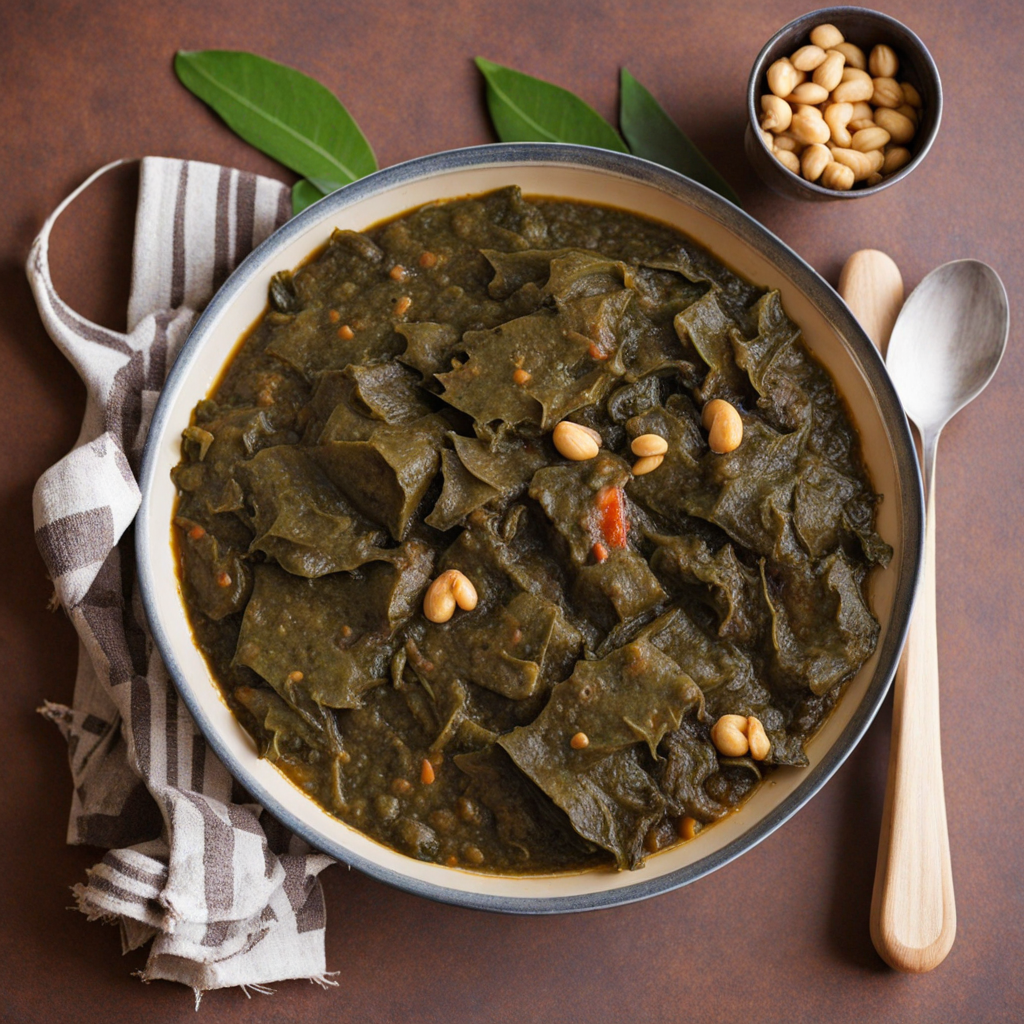Prawn Rissoles
Prawn Rissoles are a delightful Mozambican dish that showcases the country’s rich coastal culinary heritage. These bite-sized snacks feature succulent prawns mixed with a blend of spices, herbs, and sometimes vegetables, all enveloped in a light, crispy pastry. The flavor profile is a harmonious balance of the ocean's freshness and the warmth of local spices, often incorporating ingredients like garlic, chili, and coriander. The rissoles are typically seasoned to perfection, ensuring that each bite offers a burst of savory goodness that transports you to the sun-kissed beaches of Mozambique. The preparation of Prawn Rissoles is an art in itself. The prawns are usually finely chopped or minced and combined with sautéed onions, garlic, and a medley of spices, creating a rich filling that is both fragrant and flavorful. Once the mixture is prepared, it is encased in a dough made from flour, sometimes enriched with a hint of coconut milk for added richness. The rissoles are then shaped into small patties or rounds and deep-fried until golden brown, achieving a satisfying crunch that contrasts beautifully with the tender filling inside. Served hot, Prawn Rissoles are often accompanied by a zesty dipping sauce, which could range from a tangy chili sauce to a refreshing lime and herb dressing. The combination of textures—from the crispy exterior to the juicy, flavorful filling—makes these rissoles irresistible. They are perfect as appetizers at gatherings or as a snack while enjoying a leisurely afternoon. Discovering Prawn Rissoles is not just about savoring a dish; it’s an invitation to experience the vibrant flavors and culinary traditions of Mozambique.
How It Became This Dish
The Delicious Journey of Rissóis de Camarão: A Mozambican Culinary Delight #### Origins: A Fusion of Cultures Rissóis de Camarão, or shrimp rissois, are a beloved culinary gem in Mozambique, showcasing the rich tapestry of influences that have shaped Mozambican cuisine over the centuries. To understand the origins of this delightful dish, we must first delve into the history of Mozambique itself—a nation that has been a crossroads of trade, migration, and cultural exchange. The roots of Rissóis de Camarão can be traced back to Portugal, where the dish, known simply as "rissóis," emerged in the 19th century. Rissóis are essentially deep-fried pastries filled with various ingredients, typically seafood, meat, or cheese, encased in a thin, doughy shell. The Portuguese colonial presence in Mozambique, which began in the late 15th century, brought with it not only the language and governance but also culinary traditions that would meld with local flavors and ingredients. Mozambique's rich coastal geography is home to an abundance of seafood, particularly shrimp, which has long been central to the local diet. The intertwining of Portuguese culinary techniques and the indigenous love for fresh seafood led to the birth of Rissóis de Camarão. This dish epitomizes the fusion of Portuguese and Mozambican influences, reflecting a broader trend seen throughout the former Portuguese colonies where local ingredients were combined with European cooking methods. #### Cultural Significance: A Symbol of Local Identity Rissóis de Camarão hold a special place in the hearts of Mozambicans. More than just a snack or appetizer, they symbolize the country's complex history and cultural identity. Food in Mozambique is often a communal experience, bringing families and communities together. Rissóis de Camarão are frequently served at festive occasions, gatherings, and celebrations, making them a staple at weddings, birthdays, and national holidays. The preparation of Rissóis de Camarão is often a family affair, with generations coming together to create these delightful pastries. The process involves preparing the dough, cooking the shrimp filling, and then assembling and frying the rissóis. This communal aspect fosters connections among family members and strengthens cultural ties, making the dish more than just a culinary delight—it is a vessel for heritage and storytelling. Moreover, Rissóis de Camarão reflect Mozambique’s broader culinary identity, which is characterized by a blend of indigenous, Portuguese, Indian, and Arab influences. The use of spices and ingredients that are prevalent in Mozambican cuisine—such as peri-peri, coconut milk, and fresh herbs—enhances the flavor profile of the rissóis, giving them a unique twist compared to their Portuguese counterparts. #### Development Over Time: From Colonial Roots to Contemporary Cuisine As Mozambique moved through the colonial period and into independence in 1975, the culinary landscape evolved significantly. The country’s independence was a turning point, marking a shift in how food was perceived and prepared. National pride surged, and there was a renewed interest in traditional foods and local ingredients. During the post-colonial period, the focus on Rissóis de Camarão shifted. While the Portuguese recipe remained a beloved classic, local cooks began to innovate, incorporating indigenous ingredients and flavors into the filling. Shrimp, often cooked with garlic, onions, and spices, became the highlight of the dish, while variations emerged that included vegetables and other types of seafood. The rissóis became a canvas for creativity, with each cook adding their touch to the recipe, reflecting personal and regional preferences. In urban areas, especially in cities like Maputo, the popularity of Rissóis de Camarão soared. Street vendors and local eateries began to serve them as popular snacks, making them accessible to a wider audience. The dish became a symbol of comfort food, enjoyed by people from all walks of life. In the bustling markets and food stalls, one could hear the sizzling sound of rissóis frying, drawing customers in with the tantalizing aroma. As Mozambique’s economy opened up in the late 20th and early 21st centuries, globalization also influenced the culinary scene. International restaurants and chefs began to showcase Mozambican cuisine, including Rissóis de Camarão, to a global audience. This exposure led to a renewed interest in traditional dishes, inspiring chefs to present them in contemporary ways while maintaining their authentic roots. Today, Rissóis de Camarão can be found not only in local homes and markets but also in fine dining establishments where chefs reimagine them with gourmet twists. The dish is celebrated for its versatility, as it can be served as an appetizer, a main course, or even as a part of a tasting menu that highlights the diverse flavors of Mozambican cuisine. #### Conclusion: A Culinary Legacy Rissóis de Camarão is more than just a delicious pastry; it is a reflection of Mozambique’s rich cultural heritage and its ability to adapt and innovate over time. From its Portuguese colonial origins to its place in contemporary Mozambican society, this dish tells a story of fusion, resilience, and identity. As Mozambique continues to evolve, so too does its culinary landscape. Rissóis de Camarão stands as a testament to the power of food in bridging cultures and generations, reminding us that every bite carries the weight of history, tradition, and community. Whether enjoyed at a family gathering, a street food stall, or a high-end restaurant, Rissóis de Camarão will always remain a cherished symbol of Mozambique’s vibrant culinary identity.
You may like
Discover local flavors from Mozambique







